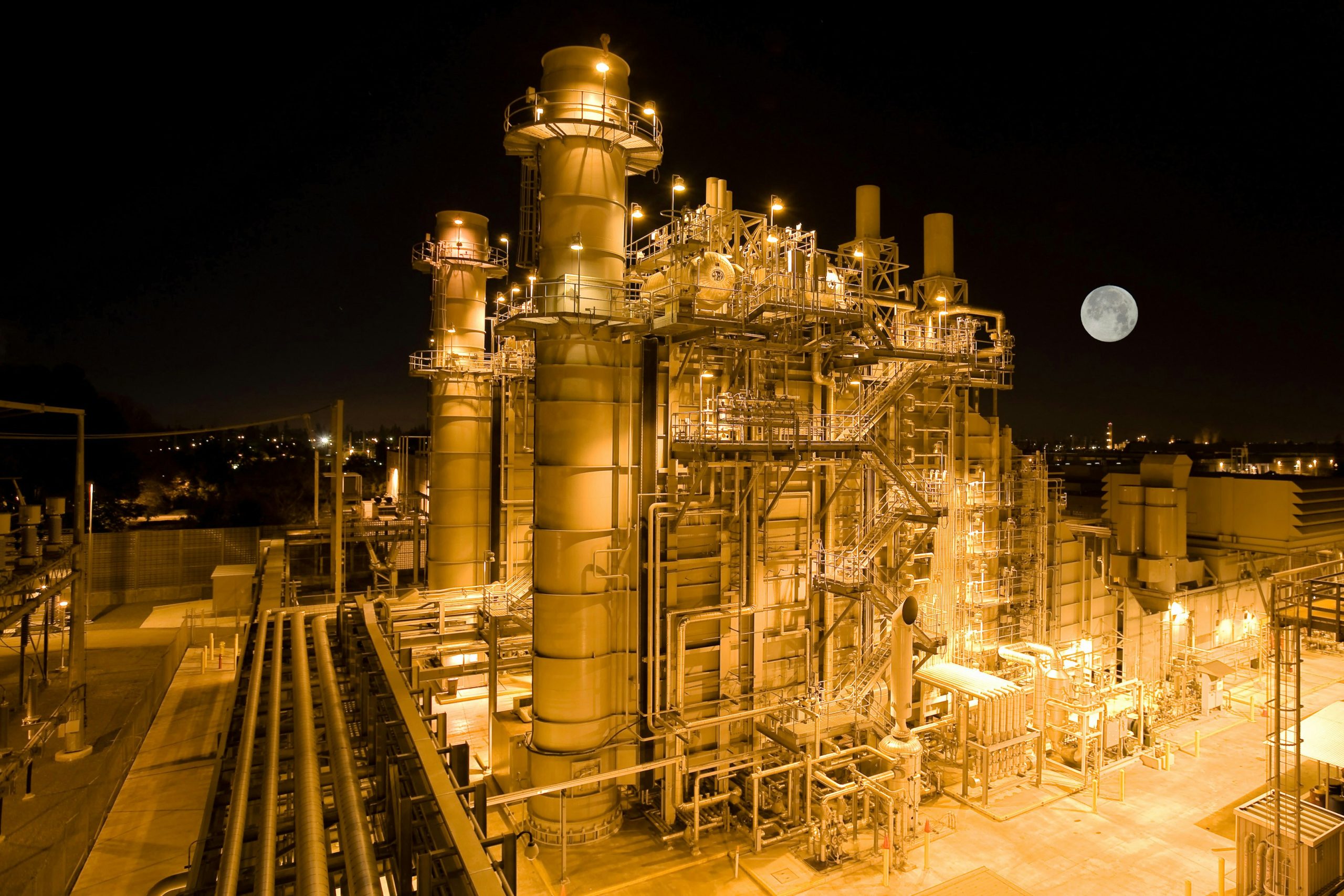What Are the Advantages of Using a Polystyrene Crusher in Recycling?
Introduction to polystyrene and recycling
Polystyrene, commonly known as Styrofoam, is a lightweight and versatile material widely used in packaging and disposable products. While it offers convenience, its environmental impact is significant. Recycling polystyrene can be challenging due to its bulky nature, often leading to waste ending up in landfills.
Traditional recycling methods struggle with this foam material. As a result, many recyclable items are discarded instead of being repurposed. This raises an urgent need for more effective solutions.
Enter the polystyrene crusher—a game-changer in the recycling industry. It not only addresses some of these challenges but also opens doors to innovative possibilities for sustainability and efficiency in recycling programs. Let’s explore how this machine works and why it’s becoming essential in modern recycling efforts!
The problem with traditional recycling methods for polystyrene
Traditional recycling methods for polystyrene face significant challenges. The material’s lightweight and bulky nature makes it difficult to process efficiently.
Many facilities struggle with the sheer volume of polystyrene waste, leading to costly storage issues. Transporting these materials can also become a logistical nightmare due to their size, often resulting in higher emissions and increased costs.
Moreover, not all recycling centers accept polystyrene. This leaves many consumers unsure about how to dispose of their foam products responsibly. Even at facilities that do recycle it, the processes are often labor-intensive and time-consuming.
The result is a considerable amount of valuable material ending up in landfills instead of being repurposed or recycled effectively. These inefficiencies highlight an urgent need for innovative solutions in handling this ubiquitous plastic type.
How a polystyrene crusher works
A polystyrene crusher operates through a specialized mechanism designed to break down large pieces of polystyrene foam into smaller, more manageable sizes. The polystyrene crusher machine typically uses sharp blades or powerful jaws that crush the material efficiently.
Once the polystyrene enters the crushing chamber, it is subjected to intense pressure and cutting action. This process reduces its volume significantly, making transportation easier and less expensive.
The crushed material can be further processed for recycling. By breaking down the foam structure, the crusher prepares it for melting and remolding into new products. The technology allows recyclers to handle bulky waste effectively while maximizing their output.
These machines are often equipped with advanced controls to optimize performance and energy efficiency. Their design ensures minimal noise and dust during operation, creating a cleaner working environment in recycling facilities.
Advantages of using a polystyrene crusher in recycling:
A polystyrene crusher offers several distinct advantages in the recycling process. First and foremost, it significantly reduces the volume of polystyrene waste. This compacting effect helps lower transportation costs as more material can be loaded onto trucks.
Moreover, a polystyrene crusher enhances efficiency. By streamlining the sorting and processing stages, recyclers can handle larger quantities of material in less time. This acceleration leads to quicker turnaround times for recycling operations.
Additionally, crushed polystyrene can be repurposed into new products with ease. Manufacturers increasingly utilize recycled materials to create everything from insulation panels to packaging solutions, promoting sustainability in various industries.
The introduction of a polystyrene crusher not only optimizes waste management but also fosters innovation by transforming discarded materials into valuable resources.
– Reducing volume and transportation costs
Polystyrene is bulky. When left unprocessed, it takes up a lot of space in landfills and recycling facilities. This bulk makes transporting it costly and often inefficient.
Enter the polystyrene crusher. By breaking down large pieces into smaller fragments, this machine significantly reduces the volume of material that needs to be moved. Smaller loads mean less fuel consumption for transportation.
Not only does this cut costs, but it also allows for more efficient use of space during transit and storage. Facilities can accommodate larger amounts of crushed polystyrene without needing extra room or resources.
This reduction in volume creates an immediate impact on logistical operations, ultimately leading to lower overall expenses associated with managing waste materials. It’s a smart move towards more sustainable practices in recycling programs everywhere.
– Improving efficiency and speed of recycling process

The efficiency of recycling processes can often be hampered by the bulkiness of materials like polystyrene. Traditional methods are time-consuming and labor-intensive. A polystyrene crusher changes that narrative.
By breaking down large pieces into manageable sizes, these crushers streamline operations significantly. This reduction in size means less manual handling and more automation possibilities.
Moreover, smaller particles can be processed faster through sorting and melting stages. The entire workflow benefits from this enhanced speed, reducing bottlenecks that typically slow things down.
Recycling facilities can handle larger volumes within shorter periods. This leads to quicker turnarounds for collected materials, allowing businesses to meet growing sustainability demands efficiently.
In essence, implementing a polystyrene crusher transforms recycling into a smoother and swifter process that aligns with today’s fast-paced environmental goals.
– Creating new products from recycled polystyrene
Recycled polystyrene opens up a world of creative possibilities. The material can be transformed into various products, making it highly versatile. From insulation panels to decorative items, the potential is vast.
One innovative application is in manufacturing lightweight furniture. Companies are starting to utilize recycled polystyrene for stylish, durable pieces that reduce environmental impact. This not only minimizes waste but also paves the way for sustainable design trends.
Additionally, recycled polystyrene can be repurposed into packaging materials or even construction components. Each product made from this resource contributes to a circular economy, where materials are continuously reused and regenerated.
Such initiatives encourage businesses and consumers alike to rethink their relationship with plastic waste. By choosing products made from recycled polystyrene, we support eco-friendly practices and foster a culture of sustainability in everyday life.
Examples of successful implementation of polystyrene crushers in recycling programs
Several municipalities have successfully integrated polystyrene crushers into their recycling programs. For instance, cities like Toronto have adopted these machines to streamline waste management.
By crushing polystyrene foam, they significantly reduce its volume. This has led to lower transportation costs and more efficient landfill use.
In Australia, a community polystyrene crusher manufacturer initiative employed a polystyrene crusher in local schools. The project not only educated students about recycling but also provided a hands-on approach to sustainability.
Companies involved in packaging are also seeing benefits from integrating crushers. They can process returned foam materials swiftly, turning waste into reusable resources for new products.
These implementations demonstrate the versatility of polystyrene crushers. They show how communities and businesses alike can contribute positively towards environmental goals while optimizing operations effectively.
Potential downsides or
While the benefits of using a polystyrene crusher in recycling are significant, it’s also important to consider potential downsides. These machines can require a substantial initial investment, which may deter some smaller operations from adopting them. Maintenance costs can add up over time as well, especially if parts need frequent replacement or repairs.
Another factor is energy consumption. Depending on the model and its efficiency, a polystyrene crusher might require considerable power to operate effectively. This could lead to increased operational costs for facilities aiming for sustainability.
Additionally, not all types of polystyrene may be suitable for crushing. Some forms might get stuck or jam the machinery if not properly sorted beforehand. Proper training and handling procedures are essential to mitigate such issues.
Public awareness and education about polystyrene recycling are still evolving. If communities do not participate actively in proper disposal methods before materials even reach these crushers, it undermines their effectiveness.
Weighing these challenges against the advantages will help organizations make informed decisions about integrating polystyrene crushers into their recycling programs. Each facility must assess its unique circumstances to determine whether this technology aligns with its goals while promoting sustainable practices in waste management.



